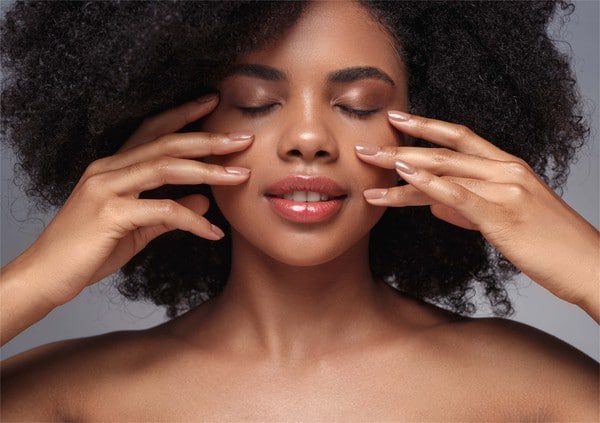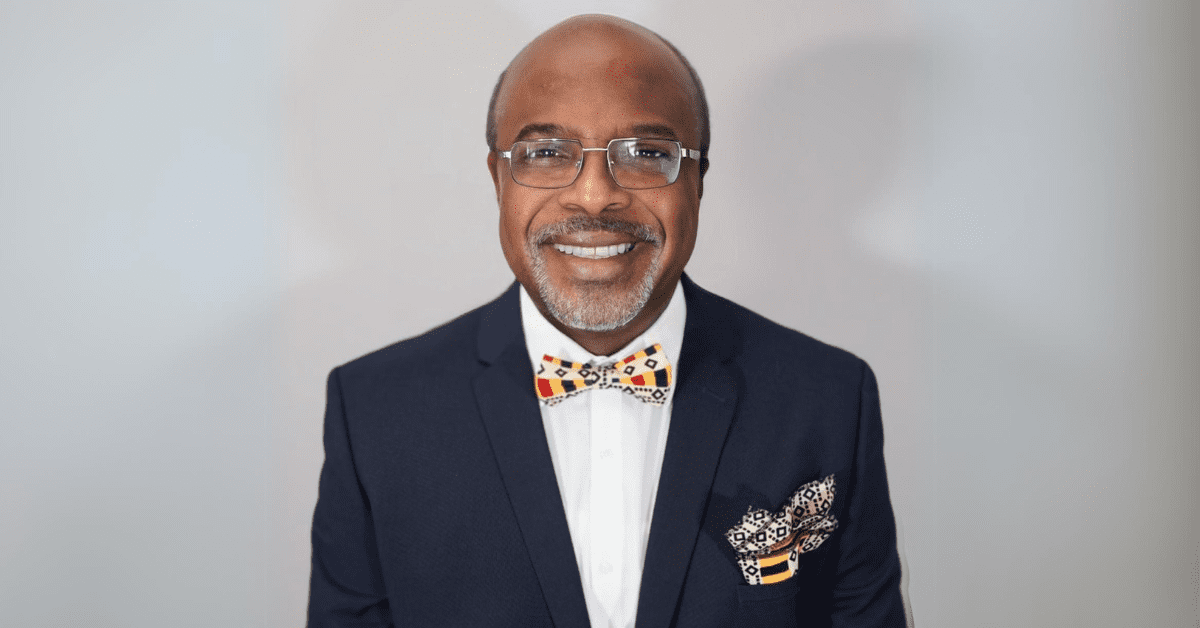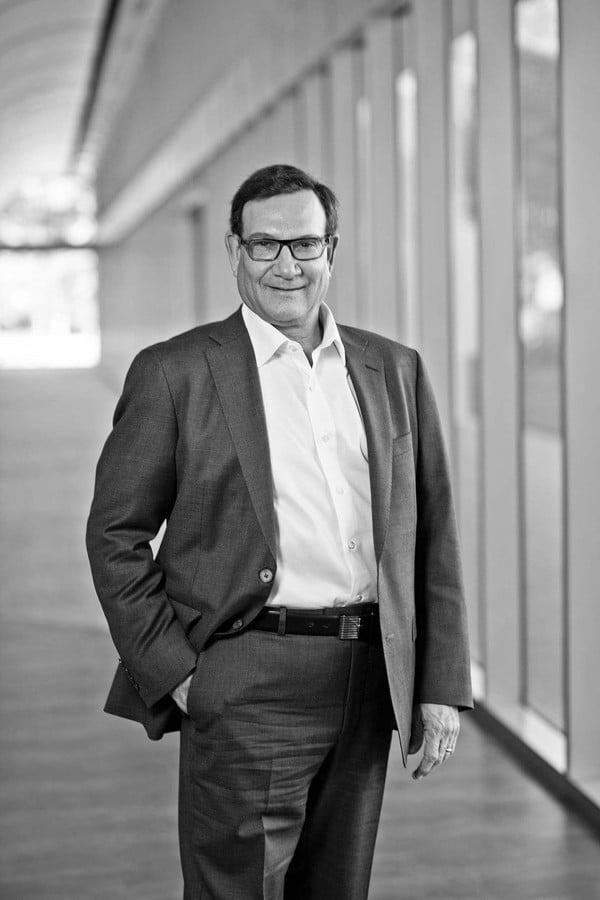
If you don’t want the aesthetics of your nose, a rhinoplasty is the best option to take. Ranked the third most common facial plastic surgery procedure in the United States, a rhinoplasty can help improve your breathing and achieve a balanced facial appearance.
If you are thinking about undergoing a rhinoplasty or a ‘nose job,’ there are some insights that you have to know before diving into the process.
#1: Determine if Rhinoplasty Is the Right Procedure for You
First, ask yourself why you need a rhinoplasty. Aside from improving nasal aesthetics, one of the common medical reasons for rhinoplasty is difficulty breathing due to nasal obstruction. This nasal obstruction can cause breathing problems during physical exercise and sleep, as well as snoring and sleep apnea. There are some medical treatments for breathing difficulties, such as a nasal spray. However, if the problem persists, rhinoplasty is the next big step.
Rhinoplasties can be covered by health insurance when done for medical reasons unless they are cosmetic rhinoplasties, which aren’t covered by insurance. So if you’re considering a medical rhinoplasty, now is the time for you to correct a nasal hump, refine the tip of the nose and improve nose asymmetries.
#2: The Aim Is to Enhance and Improve Nose Functionality
The goal of a successful rhinoplasty is to improve the appearance of your nose rather than to replace it. Surgery can improve the form and profile of the nose, as well as correct crookedness and drooping, but it won’t give you perfect symmetry or a magazine-ready, superstar nose. Go in with realistic expectations and seek out a surgeon who will try to enhance rather than replace your nose.
#3: What Should I Look for in My Rhinoplasty Surgeon?
Training, reputation, and board certifications are imperative when looking for the best surgeon to perform your rhinoplasty. Before classifying you as the perfect rhinoplasty candidate, your surgeon will assess your medical history, expectations, skin quality and the strength of the cartilage supporting your nose during your initial session.
#4: Rhinoplasty Recovery Time
Post-op includes wearing a splint over your nose for at least a week. The recovery process may include some gauze bandaging to catch any drainage from the nostrils. Although recovery time may be painless due to pain medication, you can expect minimal discomforts such as congestion and a stuffy nose for the first two to three weeks.
Planning to get a rhinoplasty procedure can mean that you need to take at least 10 days off from work. Bruising can last up to 10 to 14 days, although some patients report no bruising at all.
#5: Waiting for the Final Result
Because the final effect may not be visible for up to a year following surgery, patience is essential for a successful outcome. However, you will see results when the splint is removed a week following surgery.
A Parting Reminder
Although a rhinoplasty might improve your appearance, you must have reasonable expectations about the outcome. If you have a broken nose, a deviated septum or a nasal medical problem, rhinoplasty can help you regain proper breathing. Your nose, just like the other parts of your body, is yours, and with the help of cosmetic surgery, you can be proud of it!





0 Comments